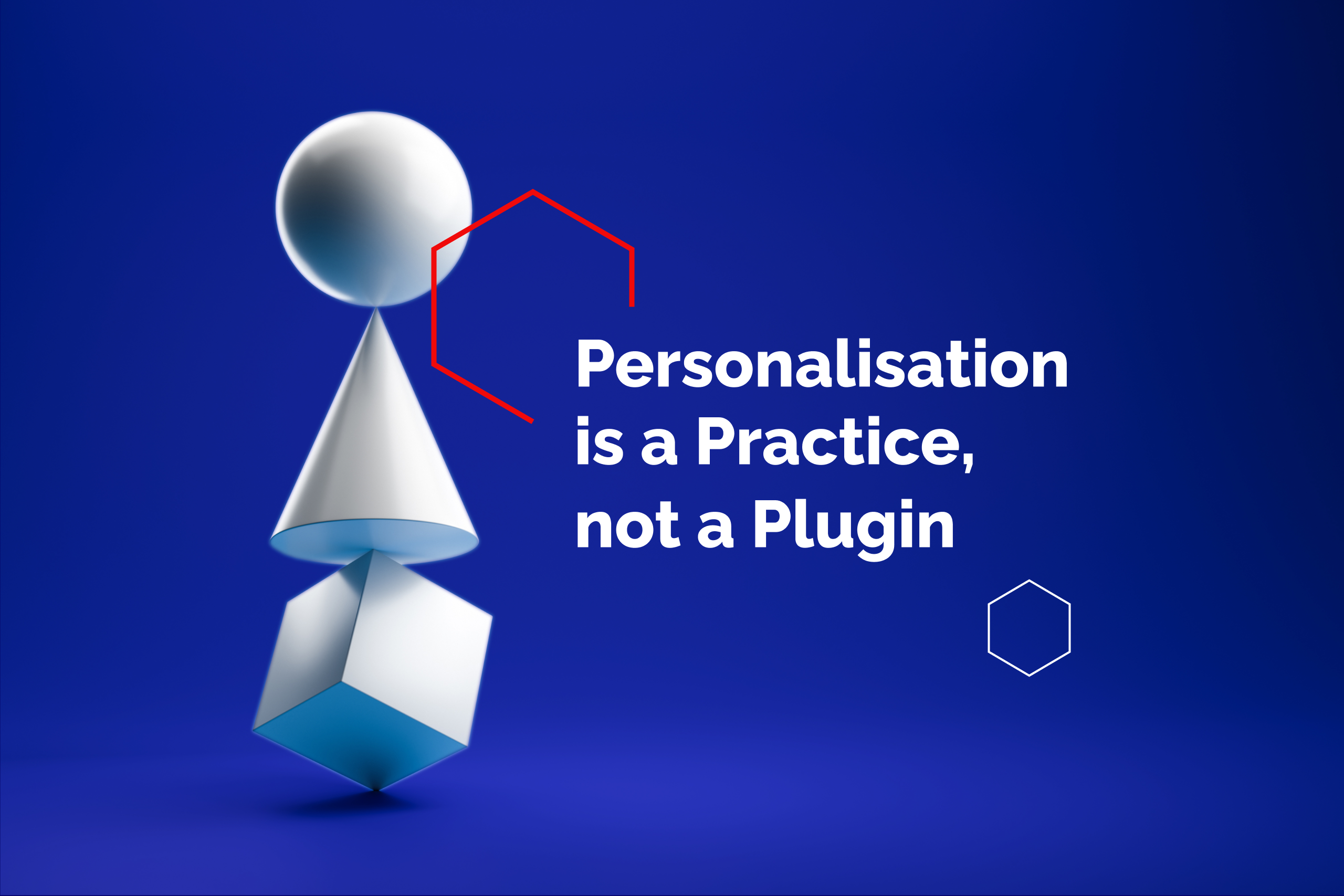Swapping out a headline based on a user segment isn’t personalisation. It’s digital window dressing.
And yet, this is where many brands stop. They configure some content rules and pat themselves on the back for ‘delivering a personalised experience.’ But if we’re honest? That’s not strategy—it’s aesthetic. It's not insight—it’s segmentation. We’re just decorating.
True personalisation isn’t about what a visitor sees. It’s about what your system understands—and how it adapts, predicts, and responds across the entire journey.
Imagine checking into a hotel that changes the art on the walls because it knows you’re a modernist. Nice touch. But they still get your name wrong at check-in, send you vegan options when you’re gluten-free, and email you spa discounts after you’ve checked out.
It looks like they know you. But the experience tells a different story. That’s decoration, not personalisation.
The Personalisation Illusion
What’s really happening here is an illusion of relevance. And it’s a seductive one—easy to deploy, easy to measure, and easy to mistake for progress. But personalisation is not about tweaking—it’s about transforming.
This means stepping beyond superficial content changes to redesign the experience itself. This includes:
- Journey orchestration: Not just what is shown, but when, where, and why it’s shown.
- Real-time responsiveness: Adapting to behavior as it unfolds, not just reacting to static profiles.
- Cross-touchpoint consistency: A unified experience across web, app, service, and commerce.
- Context-awareness: Factoring in intent, device, location, and past behavior dynamically.
- Ethical intelligence: Respecting privacy, earning consent, and building trust.
From Decorating to Directing
Evolving from basic segmentation to deep personalisation isn’t just a mindset shift—it’s operationally demanding.
It requires more than just creativity. It asks for data fluency, technical integration, real-time orchestration, and cross-functional collaboration. The complexity grows quickly:
- You need clean, connected data from multiple systems—not just CRM and CMS, but also analytics, commerce, and service platforms.
- You need flexible technology that can adapt to users in real-time, not just trigger static rules.
- And you need organisational alignment—strategy, marketing, IT, and operations working from the same blueprint.
This is where many personalisation efforts stall—not from lack of ambition, but from the friction of implementation.
So yes, real personalisation is harder. But that’s exactly why it’s worth doing. Because the brands who invest in it don’t just show up differently—they deliver differently.



-Recovered.png?width=600&height=793&name=WiD%20HERO_INSIGHTS_972X1286%20(1)-Recovered.png)


